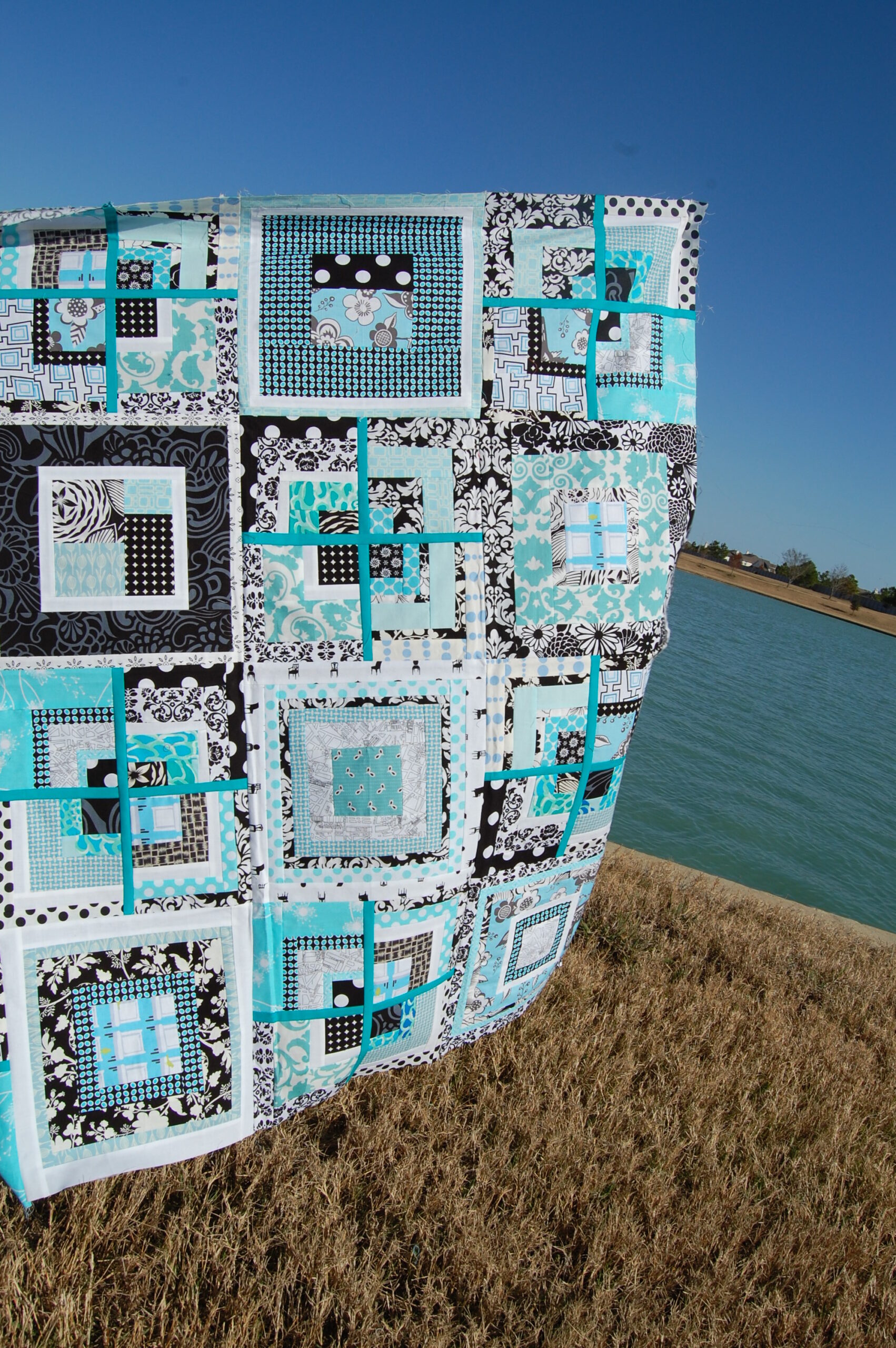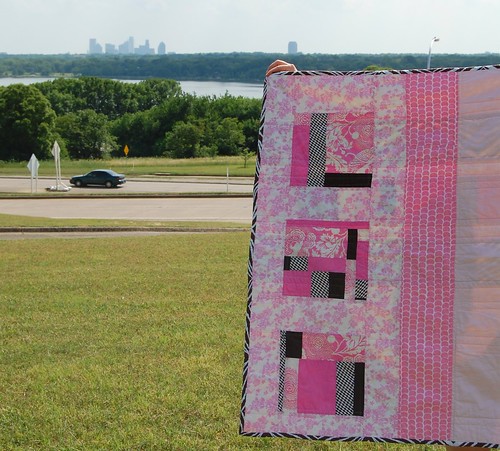Creative Strategies for Organized WIP Quilt Storage and Management Solutions
Consider utilizing clear bins with lids to keep your unfinished sewing projects visible and dust-free. Label each container according to the type of fabric or project to simplify access and prevent chaos in your workspace.
Repurpose a rolling cart to organize your materials. A multi-tier cart can hold several works in progress, enabling you to move your supplies around easily and keep everything needed for various tasks together.
Incorporate wall-mounted organizers or pegboards to hang tools and materials. This not only saves horizontal space but also allows for a visually appealing display of your ongoing projects, making it easy to grab what you need without rifling through piles.
Consider using fabric-friendly crates or baskets for a charming look. These open containers can not only house several projects at once but also add a decorative touch to your crafting area. Choose materials that match your decor for added style.
Finally, repurpose an old bookshelf or cabinet with clear jars or boxes to store smaller items related to each project. Sorting by color or type can make finding specific pieces quick and hassle-free.
Maximizing Vertical Space with Wall-Mounted Storage
Utilizing wall-mounted units significantly increases available space, providing easy access to materials. Consider installing pegboards. They allow for hooks and shelves to be adjusted as needed, accommodating various tools and supplies efficiently.
Types of Wall-Mounted Solutions
Explore various options for vertical organization:
| Type | Benefits |
|---|---|
| Pegboards | Customizable arrangement; easy access to frequently used items. |
| Floating Shelves | Display materials attractively while keeping them organized; minimal footprint. |
| Wall-Mounted Baskets | Store smaller items neatly; reduce clutter on work surfaces. |
| Magnetic Strips | Ideal for metal tools; encourages vertical alignment for easy retrieval. |
Implementation Tips
To maximize functionality:
- Group similar items together for quick identification.
- Utilize clear bins on shelves to see contents without extra effort.
- Install shelves at varying heights to accommodate different material sizes.
- Incorporate labels for quick organization of frequently accessed tools.
Using Clear Containers for Easy Project Visibility
Using transparent bins is a practical solution for organizing crafting materials. They allow for quick identification of contents without opening every box. Opt for stackable designs to maximize vertical space, keeping areas tidy and accessible.
Choose containers in various sizes. Smaller boxes work well for threads and tools, while larger ones accommodate fabric pieces and larger supplies. Label each container clearly to enhance organization, ensuring that each item is categorized appropriately.
Consider using shallow trays for frequently used materials. These allow for easy access and visibility, helping to maintain a clutter-free workspace. Place less frequently used items in deeper bins, maintaining a balance between accessibility and organization.
Invest in containers with locking lids to protect items from dust and moisture. This is particularly important for delicate fabrics or unfinished projects. Regularly assess and reorganize contents to adapt to changing needs and preferences, ensuring optimal visibility and efficiency.
DIY Storage Solutions for Fabric Scraps and WIP Projects
Use plastic bins with clear lids to categorize fabric remnants. Label each container by color, material, or project type for easy identification. This method keeps your space tidy and allows quick browsing of materials.
Wall-Mounted Solutions
Install a pegboard on the wall to hang small fabric pieces, rulers, or scissors. Utilize hooks and clips to showcase your materials while keeping them accessible. You can also attach small baskets to store smaller scraps or tools.
Repurposed Furniture
Transform an old dresser into a multifunctional workspace. Dedicate different drawers for various projects or fabric types. Consider using drawer organizers to separate smaller items. Alternatively, use a rolling cart to keep ongoing projects mobile and organized.
- Use mason jars to store tiny bits of fabric, buttons, or embellishments.
- Construct a fabric scrap organizer using cardboard boxes; cut them into different sizes for various remnants.
- Hang clear shoe organizers on the back of doors to hold fabric scraps and tools.
Attach a tension rod in a closet to hang larger pieces of fabric using clips or shower curtain rings, maximizing vertical space while keeping fabric wrinkle-free.
Organizing Quilting Tools and Supplies Efficiently
Sort tools by type and use labeled bins or containers. Store scissors, rotary cutters, and needles together in a small toolbox. Consider using magnetic strips to hold metal tools for easy access.
For fabric pieces, use clear plastic envelopes or file folders grouped by color or pattern. This makes selection quick and avoids tangling. Stash scraps in labeled zip bags sorted by size to minimize waste.
- Install wall-mounted pegboards for hanging rulers, mats, and cutting tools.
- Utilize drawer organizers for smaller items like pins and threads.
- Reserve dedicated space for emerging projects with designated project bins.
Evaluate shelf space for bulky items, ensuring heavier products are at the bottom for safety. Open shelving offers visibility while keeping items accessible. Use a combination of vertical and horizontal space efficiently.
Incorporate a rolling cart to transport supplies easily between different workspaces. This allows for quick setup and cleanup during crafting sessions.
- Regularly review your inventory to eliminate unused or outdated items.
- Implement a one-in, one-out rule to keep clutter at bay.
- Consider a “new project” container to gather all necessary materials before beginning.
Implementing these strategies will enhance the functionality of your crafting area, making each project smoother and more enjoyable.
Creating a Portable Quilt Storage System for On-the-Go Crafters
Utilize a rolling cart with multiple compartments, perfect for transporting fabric and tools. Look for a model with lockable wheels to secure your supplies during travel. Store cut pieces in clear plastic containers within the cart to easily access and identify your materials.
Optimizing Space
Incorporate zipper pouches for smaller items like needles, thread, and scissors. Label each pouch to streamline your workflow. Hanging organizers also offer additional space by attaching to the side of your cart, making items easily reachable while conserving floor space.
Maintaining Organization
Designate a specific spot for each type of fabric or tool to minimize search time. Color-coding or categorizing materials, such as by project or fabric type, enhances organization. Consider using binder clips or fabric clips to keep ongoing projects together, preventing pieces from scattering during transit.
Invest in a sturdy yet lightweight tote for carrying projects to different locations. Choose one with a comfortable handle and ample internal pockets for added convenience. This setup ensures everything is accounted for while allowing you to work on vibrant designs wherever your creativity takes you.
Incorporating Vintage Furniture for Unique Storage Solutions
Repurposing vintage armoires as multifunctional units offers a stylish way to store crafting materials. Convert the interior into a divided space with shelves or bins to organize various items effectively.
Old trunks can serve dual purposes; use them to keep fabric and tools while maintaining the aesthetic charm of your workspace. Position one at the foot of your crafting table for quick access.
Utilize an antique ladder by leaning it against a wall. Hang baskets or small bins on the rungs for a creative display of supplies while saving floor space.
Transform a vintage dresser by removing the drawers and replacing them with open shelving. This provides visibility for fabrics and keeps the atmosphere light and airy.
Incorporate a side table with drawers to stash smaller tools and notions. Choose one in a bright color to serve as a fun accent piece in your crafting nook.
Use a wooden crate as a mobile caddy. Add wheels to the bottom and fill it with frequently used materials, allowing for easy transport between crafting areas.
Vintage cabinets can also be perfect for displaying completed projects. Modify with glass doors to keep dust off while showcasing your hard work to inspire future projects.
Q&A: WIP quilt storage
How can quilters use storage bags and storage bins to store my WIP and keep quilting projects organized in the sewing room?
Quilters can use labeled storage bags and stackable storage bins to store my WIP efficiently. Clear plastic zipper bags or zip lock bags work well for separating quilt blocks, quilt tops, and fabric pieces by project. Placing these in storage bins near the sewing table or in a sewing room closet makes it easy to grab and continue quilting projects while keeping the sewing room tidy and organized.
What are some brilliant storage solution ideas for managing WIPs and UFOs in a small sewing space or craft room?
Brilliant storage solution ideas for WIPs and UFOs include using photo boxes, shoe box containers, or storage cubes tucked into a shelving unit. These compact options fit easily into small sewing spaces and help sort smaller projects or baby quilts. For larger projects or a finished quilt top, tote bags or large-size storage boxes work well. Organizing by quilt patterns or project type ensures easy access when it’s time to resume sewing and quilting.
Why is using a project bag or clear storage container helpful for keeping track of multiple WIP’s and sewing projects?
A project bag or clear storage container helps keep WIP’s separated, visible, and dust-free. It allows quilters to store quilt patterns, fabric, and blocks together in one place, making it easier to resume work at the cutting table or sewing machine. Clear containers also let you quickly identify contents, which is especially helpful when juggling many quilting projects in a busy sewing room or spare room setup.
How can IKEA shelving units and hanging storage be used to organize quilting projects and store WIP storage in a functional sewing room?
IKEA shelving units offer vertical storage space for organizing quilting projects, and bins or labeled baskets can hold individual WIPs. Hanging storage like closet organizers or hangers can store smaller projects, UFOs, or even finished quilt tops. Incorporating these pieces into a sewing room or craft room setup maximizes storage and helps quilters keep projects in progress off the sewing table while maintaining a clean and productive workspace.
What are some effective organization tips to store projects of both small projects and large size in a sewing or quilting space?
To store projects of varying sizes, use stackable clear bins for large size quilts and small drawer units or pouches for small projects. Label each container clearly and separate UFO items by project status. Vertical shelving and under-table drawers maximize space, and hanging file folders can keep quilt patterns and instructions organized alongside the matching materials.
How can quilters apply tips for organizing UFO items and current projects without cluttering the sewing space?
Use project-specific containers or totes to keep current projects and UFO items separate. Implement a dedicated shelf or cubby for each quilt or sewing project, and keep a written log or visual tracker to monitor progress. These organization tips help store projects neatly, prevent material misplacement, and streamline workflow in both compact and large size sewing spaces.


